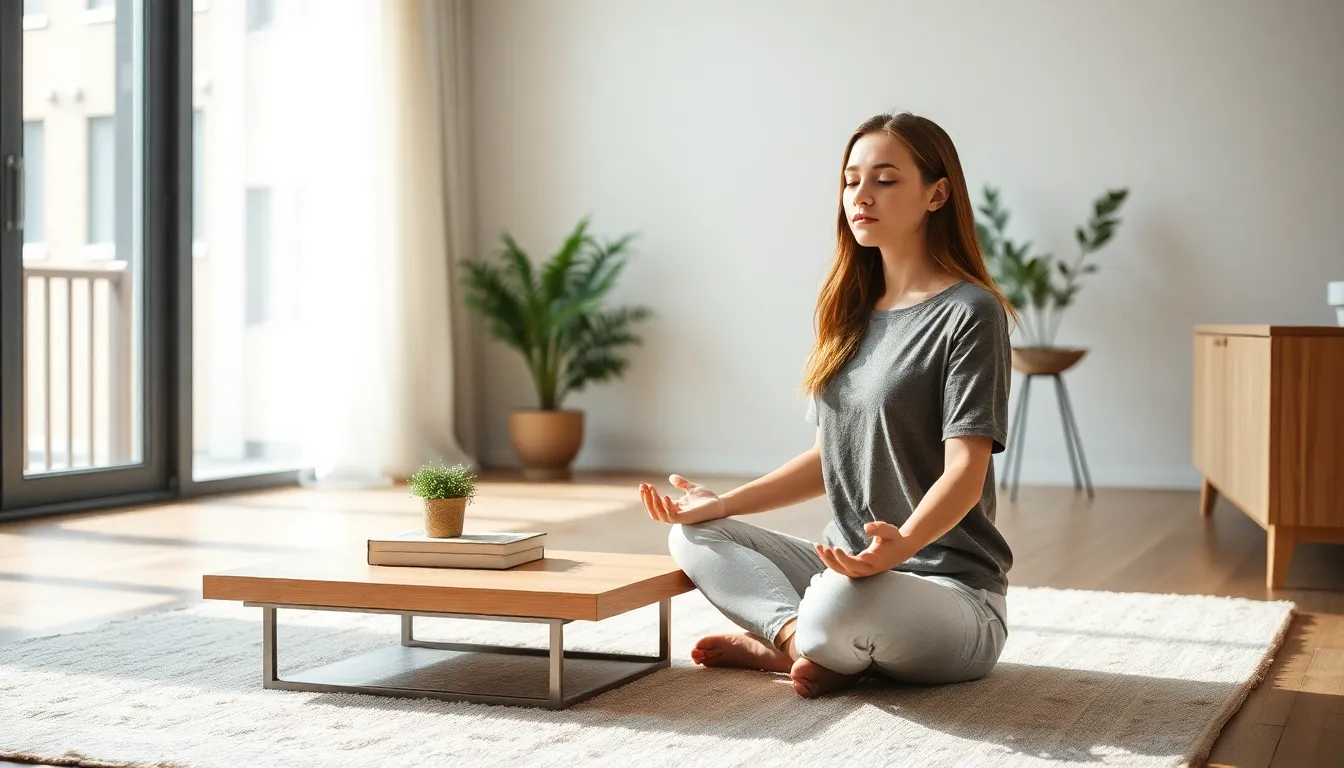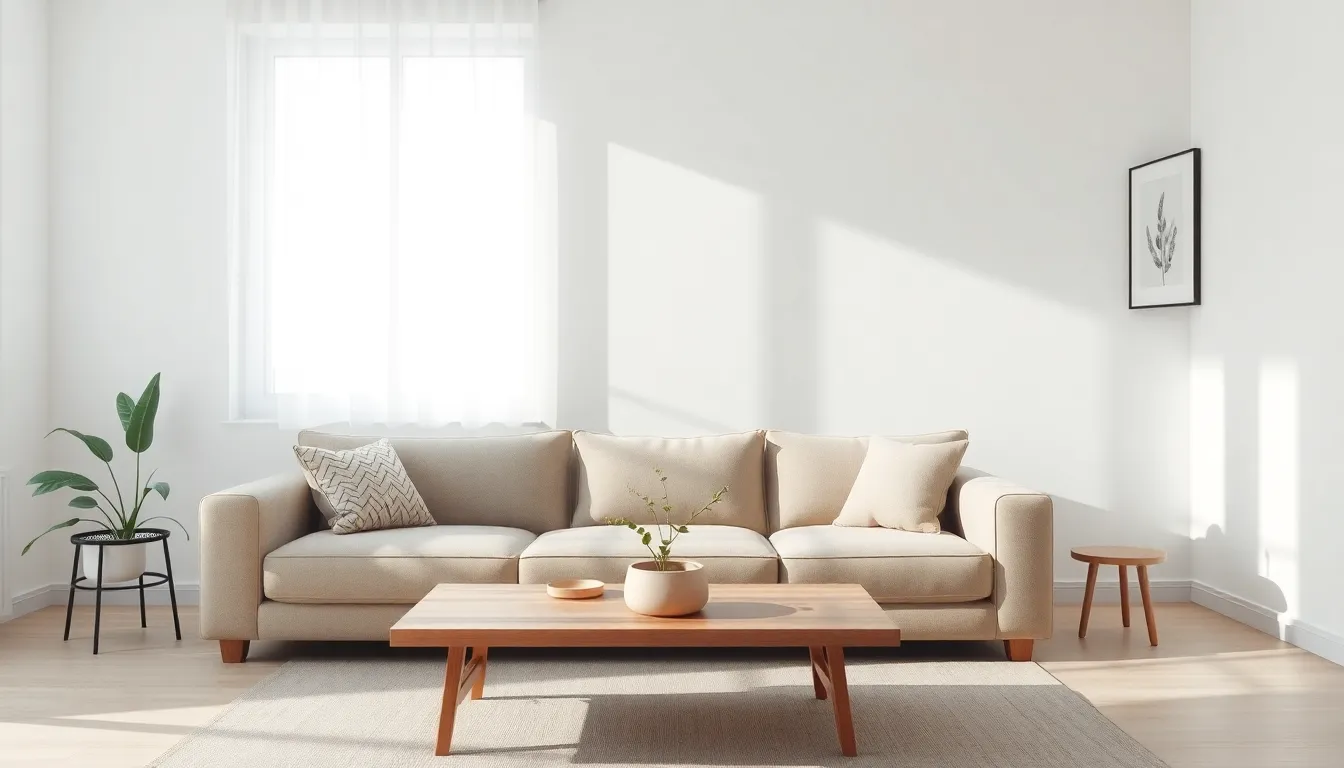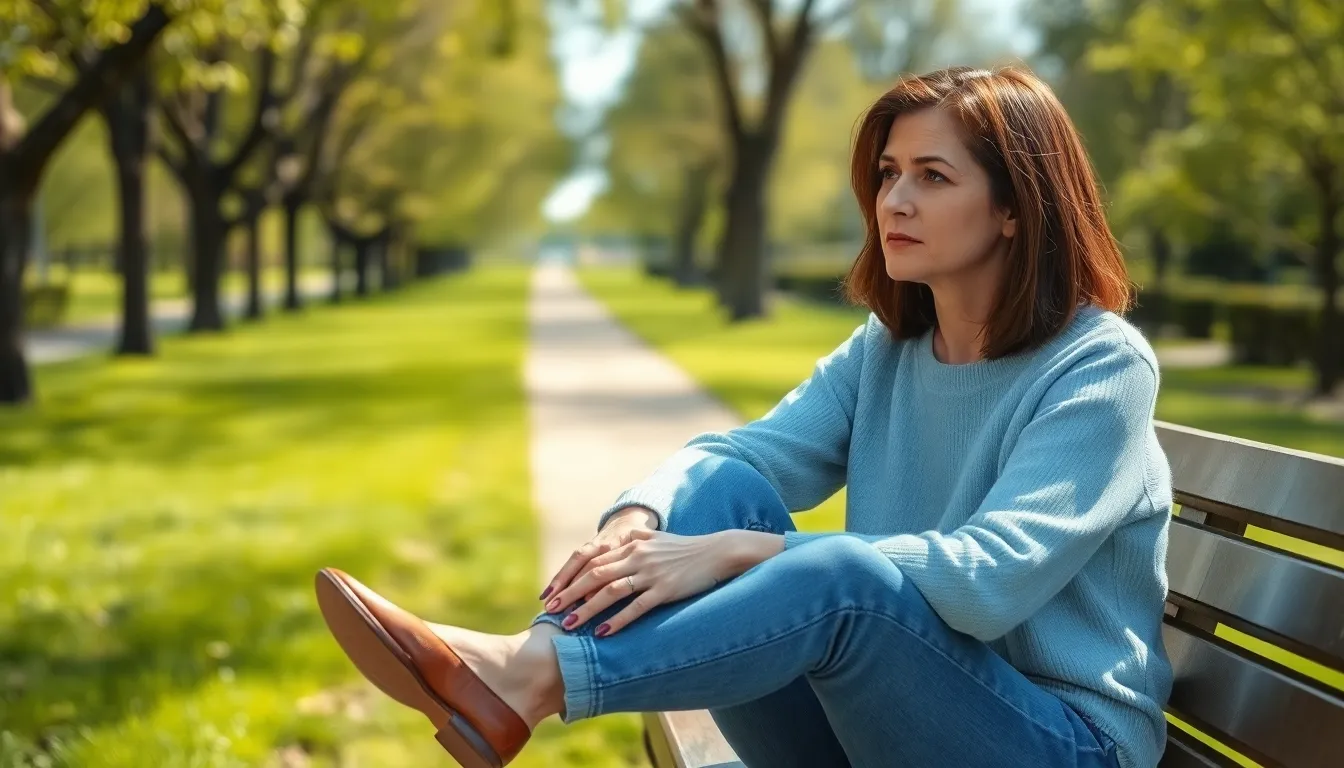In a world overflowing with stuff, minimalism offers a refreshing breath of fresh air—or maybe just a clean, uncluttered room. Imagine walking into your home and feeling an instant wave of calm because there’s less to trip over. Minimalism isn’t just about tossing out your old socks; it’s a lifestyle that champions simplicity, clarity, and a whole lot less stress.
Think of it as decluttering your life, one coffee mug at a time. By embracing minimalism, you can focus on what truly matters—like that extra slice of pizza you’ve been eyeing. It’s not just about living with less; it’s about making space for more joy, creativity, and those spontaneous dance parties in your living room. Get ready to discover how shedding the excess can lead to a happier, more fulfilling life.
Table of Contents
ToggleUnderstanding Minimalism
Minimalism embodies a lifestyle focused on simplicity and intentional living. It encourages individuals to streamline their possessions and prioritizes what truly enhances their lives.
Definition of Minimalism
Minimalism refers to the practice of living with less. This concept goes beyond mere aesthetics or trends; it involves a conscious decision to remove distractions and unnecessary items. Individuals embrace minimalism to create space for meaningful experiences and relationships. By focusing on quality over quantity, people often experience increased clarity and reduced stress.
Key Principles of Minimalist Living
Essential principles guide minimalist living. Intentionality drives every choice regarding possessions and commitments. Individuals often evaluate their belongings, ensuring each item serves a purpose or brings joy. Additionally, simplicity plays a crucial role in daily routines and decisions. Mindfulness also supports minimalism, encouraging individuals to remain present and aware of their surroundings. Altogether, these principles foster a lifestyle that prioritizes fulfillment instead of accumulation.
Benefits of Adopting a Minimalist Lifestyle

Adopting a minimalist lifestyle presents multiple advantages that enhance overall well-being. The benefits encompass mental clarity, financial savings, and improved well-being.
Mental Clarity and Focus
Minimalism promotes mental clarity by reducing distractions. A simplified environment helps streamline decision-making processes and enhances concentration. Fewer possessions mean individuals spend less time organizing and maintaining their belongings. As clutter diminishes, the mind can focus on what truly matters, leading to increased productivity. Studies indicate that a clean, minimalist space can elevate mood and foster creativity. When distractions are minimized, mental energy is redirected toward goals and personal growth.
Financial Savings
Financial savings manifest as individuals adopt minimalist practices. Spending less on unnecessary items leads to significant cost reductions. Emphasizing intentional purchases translates into more informed buying decisions. According to research, minimalists often prioritize quality over quantity, leading to longer-lasting possessions. Reduced impulse buying further decreases expenditures, allowing for budgeting flexibility. Ultimately, this approach not only saves money but can also contribute to long-term financial stability. By focusing on experiences rather than material goods, individuals often find greater satisfaction without the financial burden.
Challenges of Minimalism
Minimalism presents several challenges that individuals must navigate. These obstacles often test one’s commitment to simplifying life.
Emotional Attachment to Possessions
Emotional connections to items can hinder the minimalist journey. Sentimental value often complicates decision-making. Individuals might struggle to part with items tied to memories or important life events. Acknowledging these feelings is essential for progress. Understanding that memories reside within rather than within objects can help in letting go. Replacing items with photos or digital records may ease the transition. Ultimately, prioritizing experiences over belongings leads to a more meaningful existence.
Societal Pressures and Expectations
Societal expectations create additional hurdles for minimalists. Consumer culture promotes accumulation, making it difficult to embrace simplicity. Friends and family might question lifestyle choices, leading to potential feelings of isolation. Conforming to norms can feel more comfortable, yet it distracts from personal goals. Establishing boundaries with others can protect one’s minimalist values. Joining supportive communities online offers encouragement and motivation. Prioritizing authenticity over societal validation fosters true contentment in one’s minimalist journey.
Minimalist Design in Art and Architecture
Minimalist design emphasizes simplicity, functionality, and essence. It strips away the unnecessary and focuses on the fundamental qualities of objects and spaces.
Characteristics of Minimalist Design
Functionality stands at the core of minimalist design. Clarity in form promotes an uncluttered aesthetic. Neutral color palettes often prevail, creating a calming environment. Natural materials like wood and stone enhance connection to nature. Clean lines and geometric shapes contribute to a sense of order. Minimalist spaces reflect intentionality, ensuring each element serves a purpose or enhances visual appeal.
Notable Minimalist Artists and Architects
Renowned architects like Tadao Ando embrace minimalist principles. His use of light and space creates serene environments. Another influential figure, Donald Judd, reshaped perceptions of art through his geometric, industrial forms. Artists such as Agnes Martin embody minimalism with their subtle color variations and repetitive patterns. Each of these creators highlights the beauty found in simplicity and the power of essential elements in their works.
Embracing minimalism offers a transformative path toward a more intentional and fulfilling life. By prioritizing what truly matters individuals can cultivate a serene environment that enhances mental clarity and overall well-being. The journey may present challenges such as emotional attachments and societal pressures but the rewards of reduced stress and increased satisfaction are worth the effort.
Minimalist design principles further illustrate the beauty of simplicity in art and architecture, showcasing how less can indeed be more. As individuals navigate their minimalist journey they can find joy in experiences and connections rather than material possessions. Ultimately minimalism is about creating space for a richer and more meaningful existence.



